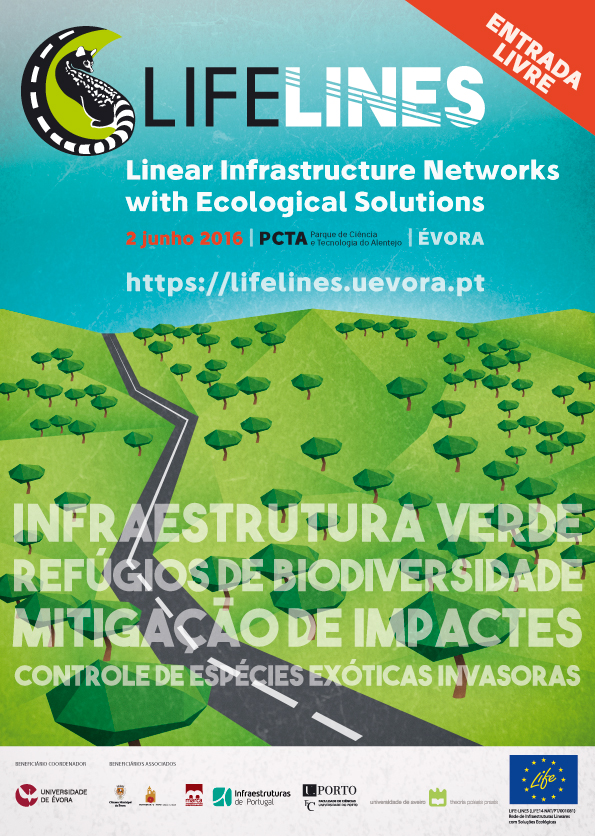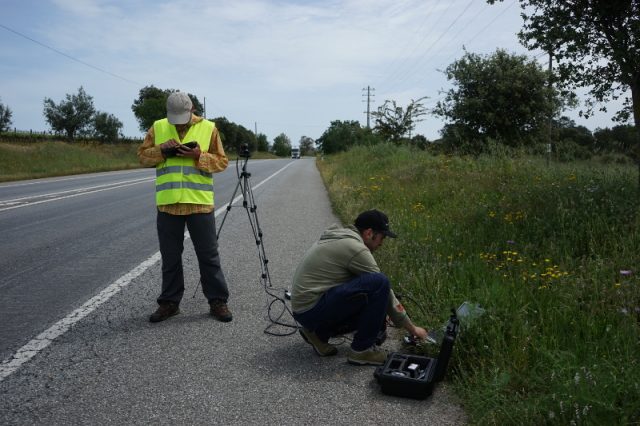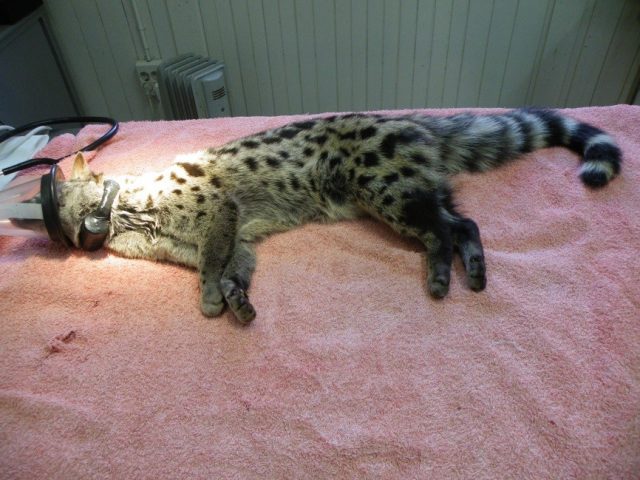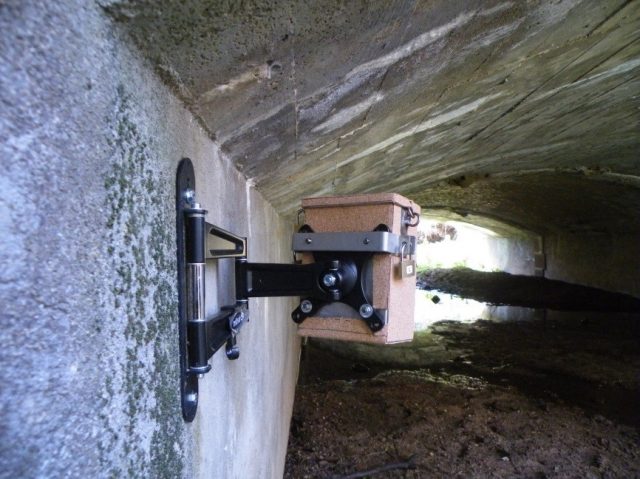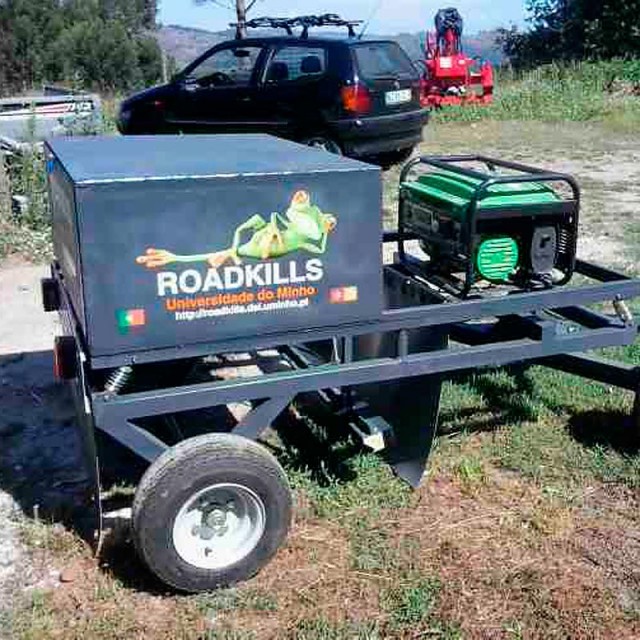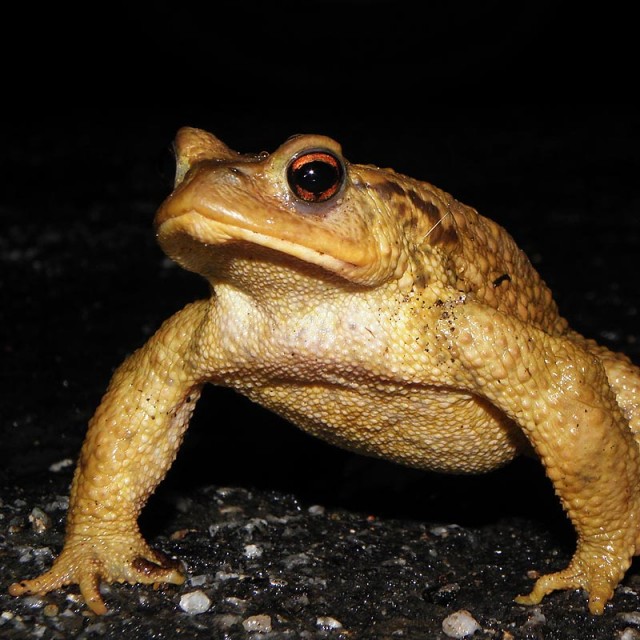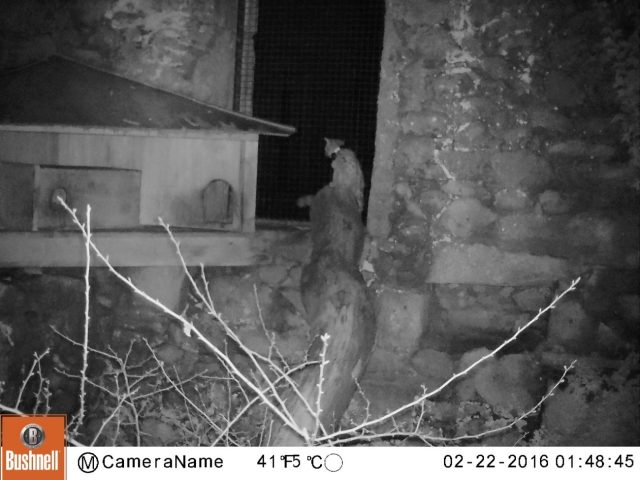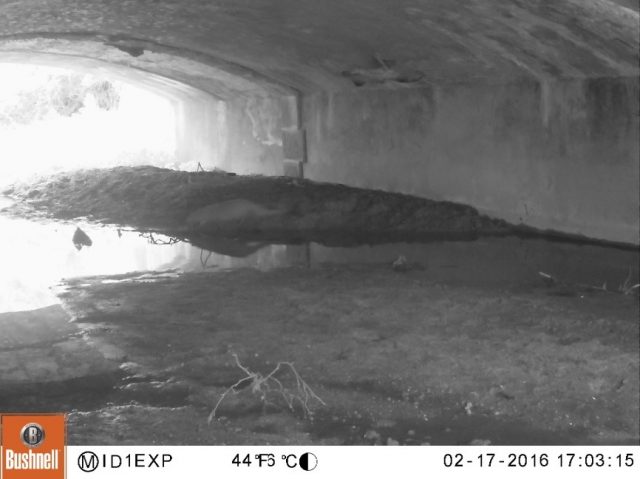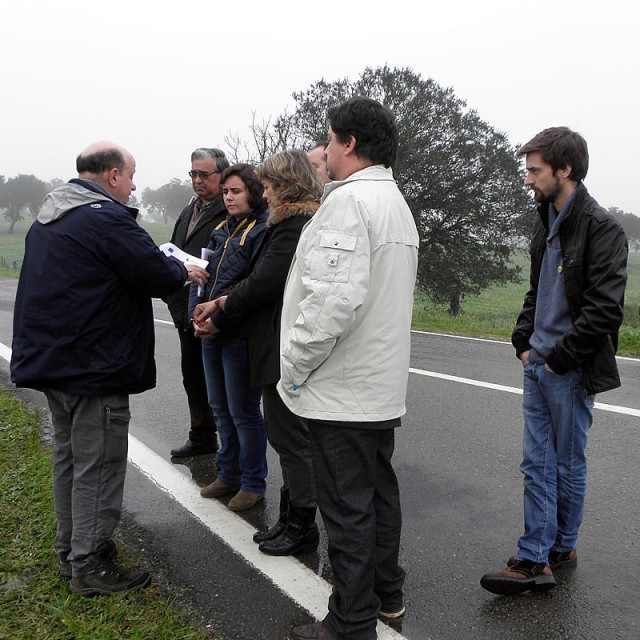LIFE LINES – Linear Infrastructure Networks with Ecological Solutions: PRESS RELEASE
On the next June 2, at 9 AM will take place the I International Seminar of LIFE LINES project, co-financed by the European Commission. This event […]
Location, identification and collecting spectral data of invasive plant species
On May 4 of 2016, within the promotion of practices in detection and control of invasive exotic plant species in roads, six elements of the University […]
GSM collar test
On 17 February 2016 the biologist Pedro Costa, from the University of Évora (EU), has shifted to a 3-day stay in the Parque Biológico de Gaia […]
Camera-trapping installation in PH644
On 15 February 2016 was installed in a culvert on the 114 National road a camera-trapping system adapted to an adjustable stand. This system allows us […]
Intelligent system for monitoring amphibian road-kills
We are working in improving an intelligent system for monitoring amphibian road-kills. The Universities of Minho and Porto developed inside the FCT project Roadkills a trailer […]
LIFE LINES on the EM535
One of the target roads of the LIFE LINES Project is the Municipal Road 535 from the Montemor-o-Novo county. To establish the reference situation, a few […]
GSM collar test – first results
Following the laying of the new GSM collars in Common genets (Genetta genetta) of the biological Gaia Park (PBG), an animal behavior monitoring system via video […]
PH644 – camera-trapping first results
One week after the installation, on a culvert in the 114 National road, of a camera-trapping system (15-02-2016), it is possible to present the first results. […]
Mitigation measures in roads of the Montemor-o-Novo county
With a high number of roadkills of small mammals and amphibians, the municipal road 535 (that connects Santiago do Escoural with S. Cristóvão) was selected, within […]

